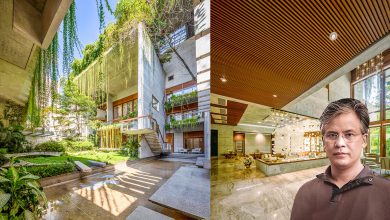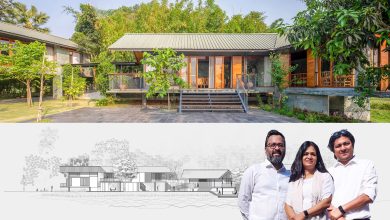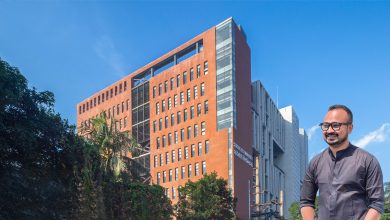One of Bangladesh’s biggest Zamindar Palaces, Bhawal Zamindar Palace, symbolizes the Zamindar practice and its effects on the Gazipur region as well as Bengal’s Zamindari tradition in broader terms. The admin area of Gazipur is located around the Zamindar palace, which is now utilized as the District Commissioner’s office. However, due to inappropriate adaptive reuse strategy patterns, people are unable to connect with their legacy, and many of the younger generation are even unaware of the great Zamindari of Bhawal Zamindars. The Bhawal Zamindar Palace is a stunning example of Indo-Saracenic and British colonial architecture. Its complex architecture, effects on the city, and religious significance make it a very valuable piece of history. The project is proposed by Md. Ferdous Rahman, a student of Shahjalal University of Science and Technology, Sylhet. Design studio: Thesis II (Design studio X). Committee members: Dr. Md. Mustafizur Rahman, Kawshik Saha, Mohammad Shamsul Arefin, Shubhajit Choudhury, Rupak Dash. Supervisor: Dr. Md. Mustafizur Rahman.
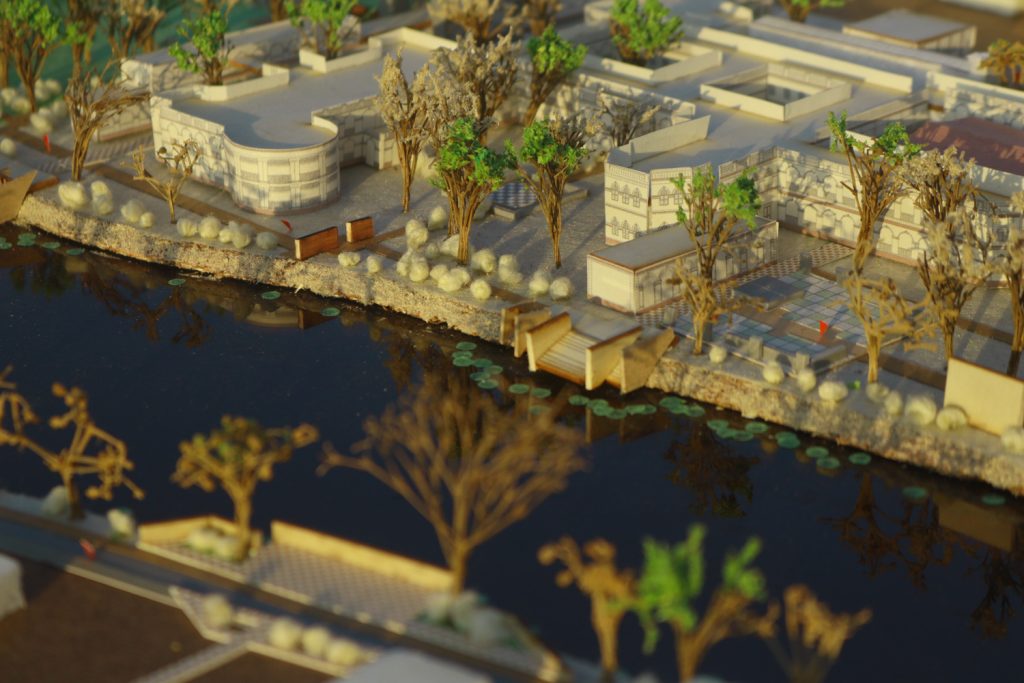
The project’s goal was to properly conserve ancient urban history. Md. Ferdous Rahman made an effort to bring back the palace’s traditional practices and its surroundings in his recommendations. With the concept of “Rebirth of Memories,” he attempted to illustrate traditional cultural customs and accommodations using a fresh approach to adaptive reuse. His concept for adaptive reuse was divided into three main sections. The Bhawal museum was the first, serving as a historical and cultural representation of the Bhawal ancestry. The second part was introduced as the Dawaatkhana, a Bhawal Heritage accommodation, where he described the amenities that allow visitors to experience the palace by staying there in exchange for a certain amount of money, which will also assist in having some sort of remuneration from the palace. The third portion is introduced as an office area named ‘Daptarkhana’ for the PWD and Archeology dept. office. Additionally, a new intervention space known as the “Bhawal Study and Conservation Center” houses Bhawal Zamindari’s archives as well as community workshops and seminars.
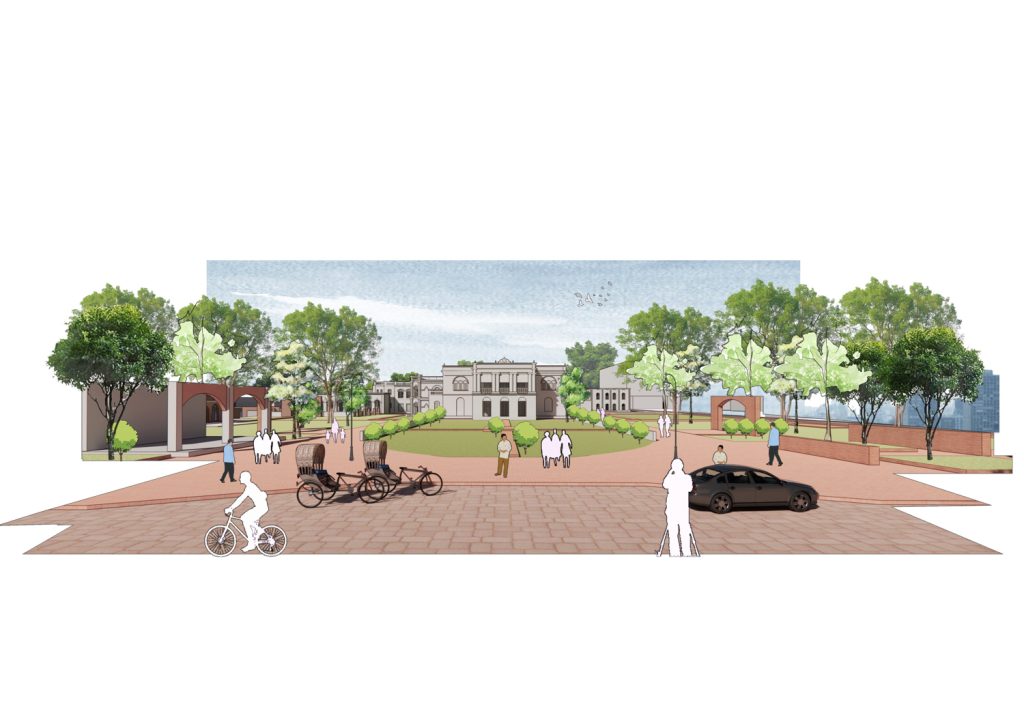
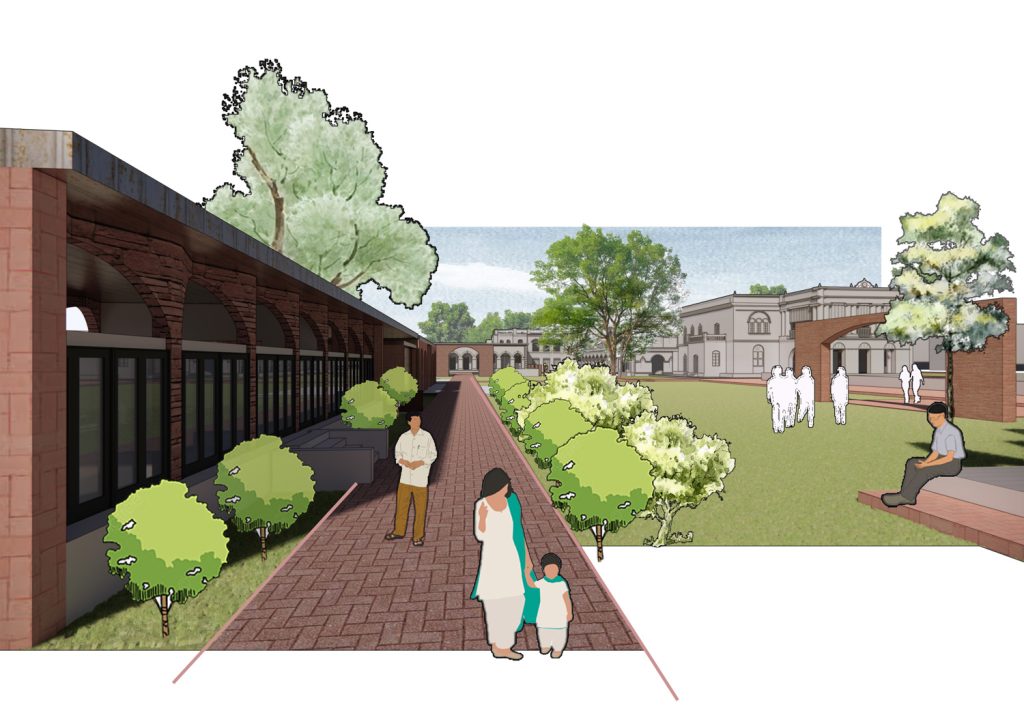
Additionally, there is a location for the reproduction and sale of trees where tourists may purchase young plants of moribund trees from the Bhawal forest. The locals have access to the whole Zamindar palace premises. New water decks, vendor areas, communal spaces, and a water recycling area were all created, with a focus on the Rajbilashi DIghi, which serves as a bridge between the Zamindar palace and the locals. The main aspect of the thesis was to conserve an urban heritage properly so that people can connect themselves with history properly.
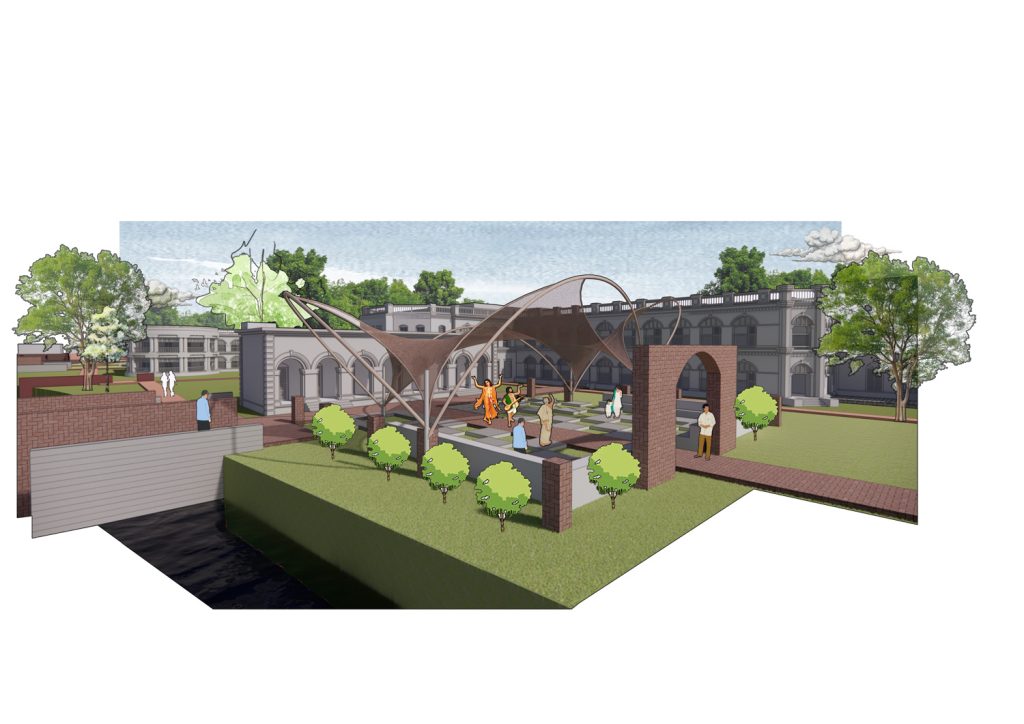
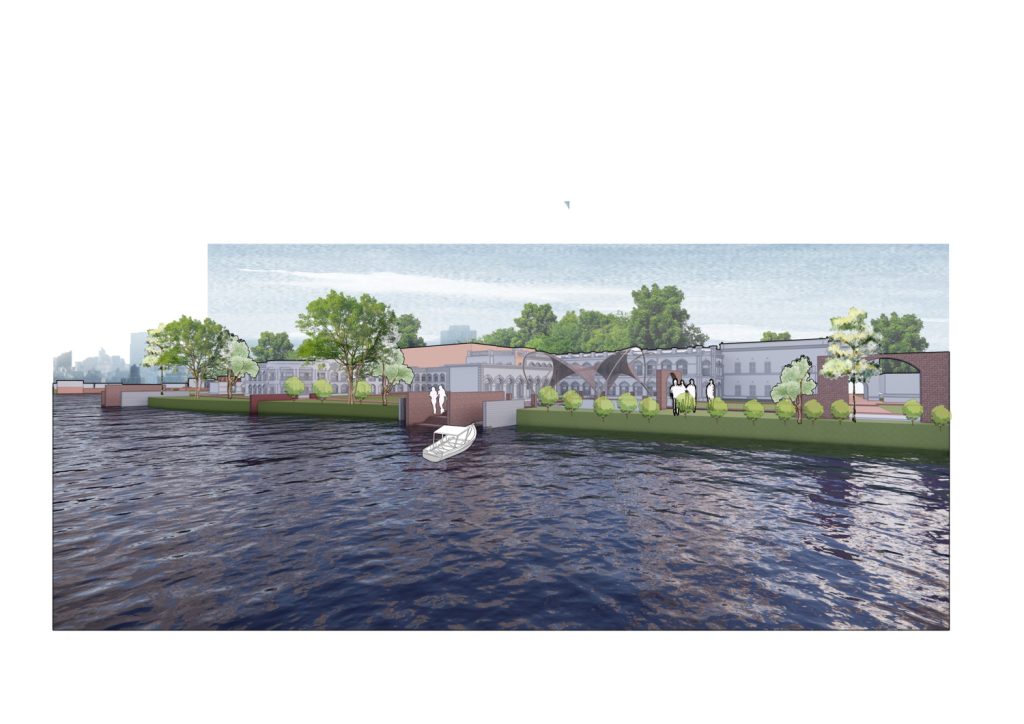
To do so, documentation was one of the major parts where the floor plans, accurately followed the 3D of the heritage structure were regenerated. Nevertheless, this outcome was an exercise of various adaptive reuse-related tools which helped to rethink the heritage structure in a new way that might be followed for the other conservation sites as well.

